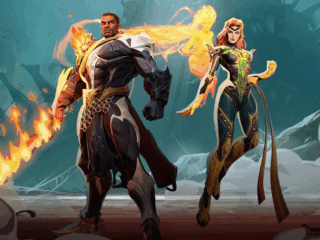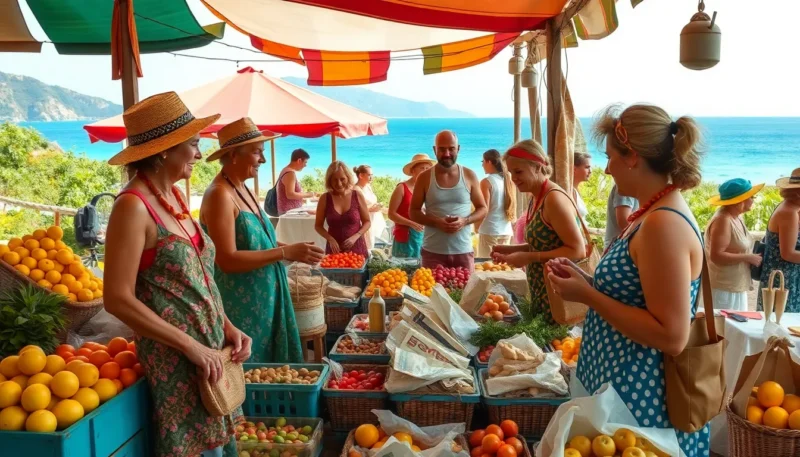
Fantasy sports now connect supporters across leagues and time zones. The fan role has changed from watching to shaping outcomes. People build rosters, study patterns, and talk strategy. The screen shows the match, and a second screen, sometimes in the palm of your hand, turns it into a shared game.
In 2025, interactive play anchors the culture around global competitions. It blends knowledge, community, and engagement across the calendar.
Interactive Fandom Across Borders
Fantasy sports transform watching games from a passive activity into a fully immersive experience. Managers actively build their rosters, analyze player roles, and adapt to injury news or last-minute updates.
Their focus broadens beyond a single team to encompass multiple matchups, following players, positions, and evolving situations. This shift mirrors broader media trends where audiences demand active participation, not just observation. Each lineup tells a story that updates nightly, turning every game into a personal stake far beyond local fandom.
Data Fluency Becomes Everyday Fan Language
Numbers shape the dialogue more than ever. Casual fans discuss usage rates and completion percentages with comfort. Many follow projections, splits, and weather notes before lock, data that helps restrain emotion and leads to calm decisions. People challenge opinions with evidence. That habit spreads through podcasts, chats, and weekend debates, providing even further insights.
Multi-Sport Leagues Are Blending Calendars
The biggest 2025 shift sees an option that mixes several sports in one league. Managers draft athletes from different codes into a single roster. Points are normalized so stats compare fairly. A touchdown and a three-pointer can share the same page. These contests often run year-round. Seasons rotate, but the engagement remains constant.
What a Multi-Sport League Looks Like
One team might feature a point guard, a pitcher, a winger, and a striker. Each score rolls into the same table. Fall favors football. Winter highlights basketball and hockey. Soccer fills gaps between peaks. In this way, esports adds constant action when schedules thin. The approach keeps interest high without forcing genre loyalty.
Why 2025 is The Inflection Point
Several forces align this year. Year-round play removes the off-season lull. Shared leagues keep friends in one space. Mobile tools deliver alerts, projections, and simple swaps. Esports and global soccer widen the pool. Intuitive design lowers the learning curve for first-time players, while the latest fantasy news and trends keep players engaged.
Communities That Travel With The Schedule
Fantasy thrives in digital hangouts. Private leagues bind families, coworkers, and classmates. Public forums welcome creators who break slates and highlight trends. Memes and running jokes add texture to each week. Research in Australia shows social connection as a key motive. Bragging rights matter, yet friendship matters more. Fans also report learning more about sports through play.
Global Growth Signals And Local Proof Points
Participation keeps expanding with access and coverage. In Australia, the player base has doubled since 2021. Nearly 2.5 million now take part in at least one league. Formats have broadened as well. AFL, NRL, the BBL, and the NBL now feature widely.
Fourteen percent of the audience also plays in global competitions. Soccer and the NFL bring fresh entrants into the mix. Women’s leagues benefit as attention spreads across more events.
Media And Broadcasts Adjust To The New Lens
Coverage now reflects fantasy interests. Highlight shows pair clips with role notes and usage talk. Podcasts fill midweek with updates, injuries, and matchup previews. Broadcasters add segments about lineup choices, not only scores. Streaming tools experiment with overlays for fantasy-relevant stats.
Many lean on research hubs that unify trends and depth charts. FanDuel Research stands out as a reliable example, especially when fans look to play FanDuel Picks to inform sharper decisions.
Tools And Tactics For Smart Managers
A few habits improve results. Understand the seasonal flow across sports. Balance rosters so one code does not carry the load. Diversify positions to smooth weekly swings. Use verified sources for roles and injuries. Build a routine for check-ins before lock. Adapt quickly when late scratches hit. Small, timely moves compound over long slates. Keep trades rational, not reactive.
Money, Markets, And The Line Between Play And Risk
Fantasy supports a large economy. Sponsorship and advertising fund many platforms at scale. Fees and premium content add revenue. Earlier estimates placed fantasy football value in the tens of billions. That scale shows clear demand. Yet care is needed with promotions and inducements. Some apps have faced penalties for illegal offers. The overlap with gambling raises concerns for people. Studies are mixed on potential harm. Many join for social reasons. Others prize the chance to test skill.
How Multi-Sport Play Changes Behavior
Multi-sport formats reshape viewing. People watch events they once ignored because a roster spot is live. The style also encourages learning new rules and roles. A baseball devotee may track a major soccer derby. An NFL fan might sample an esports final.
Cross-pollination builds literacy across codes. That pays off during quiet months. There is something to follow, tweak, or plan.
What Comes Next
Several trends provide clues as to how the fantasy sports experience is evolving. Expect expansion into niche sports such as lacrosse and cricket. Look for deeper links between lineups and live streams. Picture interactive views that update alongside broadcasts.
Custom league formats will keep growing. Managers will choose their own sport mix. Social layers will deepen with leaderboards and mini games. Portable profiles will let communities move while keeping history.
Why This Matters For Fans Everywhere
Fantasy now serves as a bridge across leagues, countries, and seasons. It gives people tools to engage on personal terms. It rewards curiosity, planning, and fair debate – and builds a community that lasts beyond a single tournament.
For those focused on enjoying a year-round experience, it’s best to start with one league among friends. Learn the cycles and key roles. Then try a multi-sport format when ready. You’ll meet new people and immerse yourself in events. That’s how fantasy connects fans across global competitions today.













